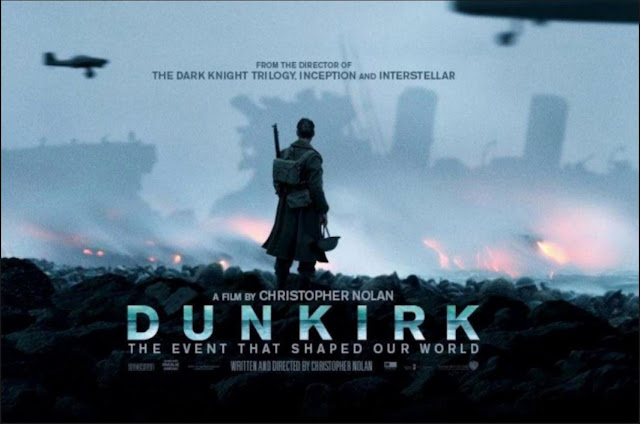Chapter 14 Test
CHAPTER 15 The Cold War
Objective:
students will be able to:
-Understand how two sides faced off in Europe during the Cold War.
■ Learn how nuclear weapons threatened the world.
■ Understand how the Cold War spread globally.
■ Compare and contrast the Soviet Union and the United States in the Cold War.
students will be able to:
-Understand how two sides faced off in Europe during the Cold War.
■ Learn how nuclear weapons threatened the world.
■ Understand how the Cold War spread globally.
■ Compare and contrast the Soviet Union and the United States in the Cold War.
Rationale:
The aftermath of World War II with its winners and losers sets the stage for each country to reassess its role in the world, and plan a new strategy of non-aggressive engagement with each other. s "Cold War" develops with some of the big players (USA and Russia) jockeying for political clout throughout the world as they oppose each other's intentions behind the scenes. Understanding what a "Cold War" is and the impact that it had throughout the world will give students a better understanding of how war can be fought outside the traditional battlefield
Evidence:
Being able to list the various policies and actions taken by certain countries and the response to those actions will demonstrate that students can track the various players and events that occurred in the time between WWI and the Outbreak of the Korean Conflict
___________________________________________________________________________________________
Essential Question....do people switch political sides?
How the South was converted from Democrat to Republican
Old vs Today - read the article and provide your reaction to this "new" information. Does it align with your thoughts regarding Demo's and Repub's today
Essential Question....do people switch political sides?
How the South was converted from Democrat to Republican
Old vs Today - read the article and provide your reaction to this "new" information. Does it align with your thoughts regarding Demo's and Repub's today
Start Cold War (Chapter 15)
Due Friday Night Chapter 15 Section #1 Outline
Thursday in class...
When Tora, Tora, Tora finishes......we will star the presentation
Presentation Chart (use this during the presentation)
Due Sunday Night Chapter 15 Section #2 Outline
The Cold War Starts DBQ (Due Sunday Night with the outline)
Section #1 & #2 Quiz for Monday
Due Sunday Night Chapter 15 Section #2 Outline
The Cold War Starts DBQ (Due Sunday Night with the outline)
Section #1 & #2 Quiz for Monday







